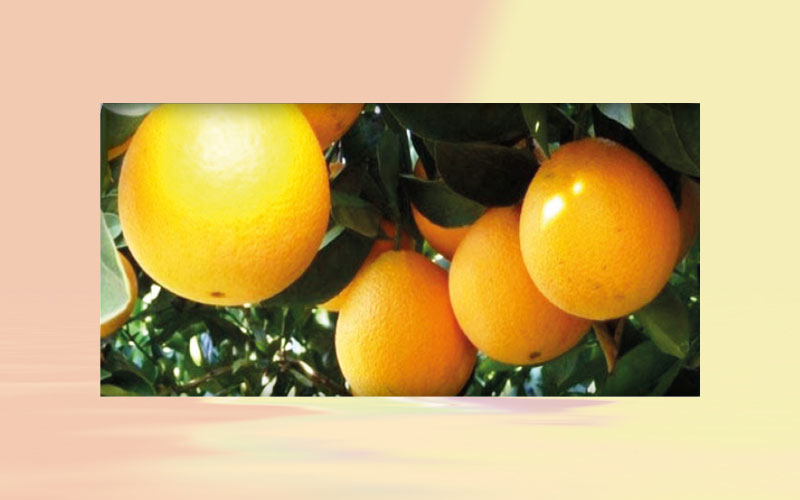Brazil: Oranges and ponkan tangerine devalue in April, while for tahiti lime, prices rise
Orange supply has been low in Brazil since early 2023. In April, the pear oranges available in the market were the ones that ripen out of the usual period.

Orange supply has been low in Brazil since early 2023. In April, the pear oranges available in the market were the ones that ripen out of the usual period. However, the ones that were harvested earlier are not well accepted by consumers in the table market, since they did not reach the ideal maturation stage.
Despite low supply, pear orange prices weakened, due to the arrival of early varieties, such as hamlin, westin and rubi, to the market. Last month, the average price for pear oranges closed at BRL 46.87 per 40.8-kg box (on tree), 3.08 % lower than that from March but still 11.56 % higher than that in April last year, in nominal terms.
As the availability of pear oranges is low, many farmers – majorly in northern SP – tried to anticipate the harvesting of early varieties, aiming to take advantage of the current firm prices and make cash flow during the inter-harvest.
Ponkan tangerine
The prices for ponkan tangerine dropped last month too. While in March, supply was low, in April, the harvesting stepped up. Still, availability was not that high. The average price for ponkan tangerine closed at BRL 64.07 per 27-kg box (on tree) in April, 8.56 % lower than that in March but 40.6 % up from that in April/22, in nominal terms.
Tahiti lime
Opposite to the scenarios observed in the markets of oranges and ponkan tangerine, for tahiti lime, prices are on the rise, boosted by low supply – as the peak of harvest took place in the first bimester of 2023, supply in lower now.









